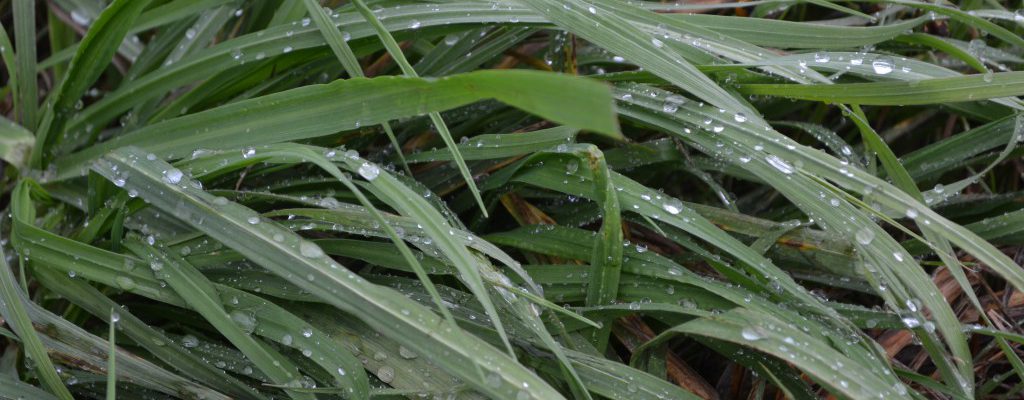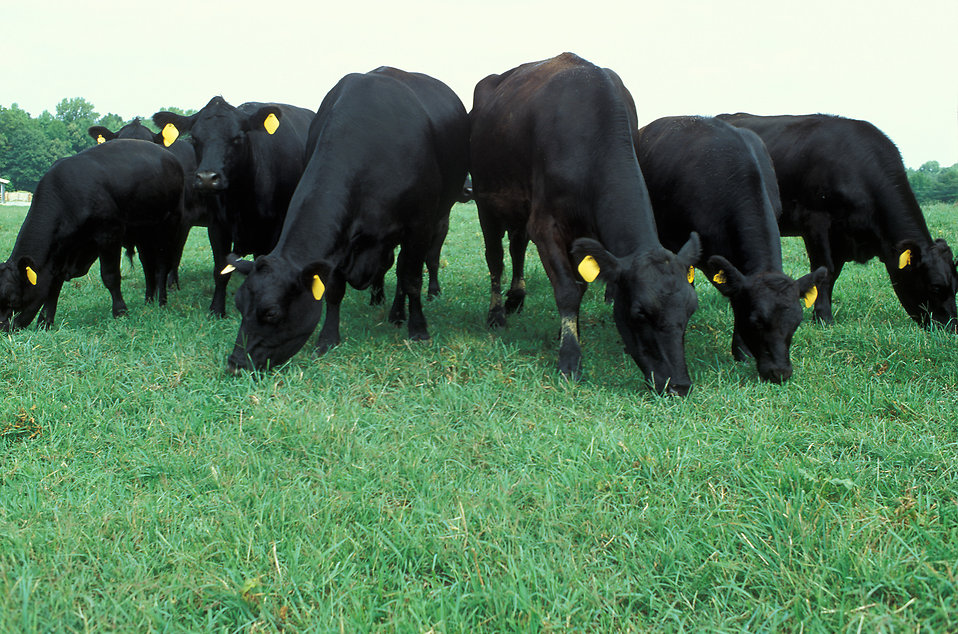pastures
-
Weeds can reduce the quantity and the stand life of desirable forage plants in pastures and hayfields. Weeds also impact the aesthetic value of a pasture. Therefore, producers may choose to initiate weed management strategies that reduce the impact of weeds on forage production. The first step in effective weed control is to evaluate the…
-

Tall Fescue (Lolium arundinaceum), a cool season perennial grass, is an important forage base for beef cattle in north Georgia. Though majority of the total yearly production of fescue occurs in spring, this grass is also productive during early summer, fall, and late winter as well as in mid-summer if moisture conditions are favorable. In…
-

Earlier this year, Matt Poore, cattle farmer, Professor and Extension Ruminant Nutrition Specialist made a New Year’s resolution to convert acres of toxic tall fescue to novel endophyte fescue on his farm. I jumped on the bandwagon and made the same resolution. Even though the non-toxic seed that completes these fescue conversions won’t go in…
-

Thistles can reduce forage yield and delay spring transition of warm season grasses. Thistles can produce large amounts of seed, sometimes up to 4,000 seed per plant. For growers trying to manage the seed bank, please implement control strategies before flowering. Several different thistles are found in pastures, which can include Bull thistle (Carduss vulgare), Musk…
-
Using oats as grazing and/ or baleage can sometimes be challenging however; in most years, oats can one of the healthiest and best options for our livestock. Some (most) years, UGA Extension gets calls concerning oats that are discolored, not growing great, or sometimes even dying. Unfortunately, there isn’t always a great answer for why.…
-

There are often many questions surrounding the practice of burning pastures and hayfields. Let’s look at the more frequently asked. Is it a good idea to burn my hayfield? There are several benefits to burning your hayfield. Burning can help producers manage thatch in their stands. If the thatch layer becomes too thick over time,…
-

Potassium is an essential element in plants and is considered one of the three macronutrients, along with nitrogen and phosphorus. The amount of K is reported in almost all routine soil samples. Unfortunately, with price increases, it has gone from being the least expensive to the most expensive of the three macronutrients. Ignoring the importance…
-

Are you looking to improve your grazing management system? The first step is to develop a grazing management plan! To better manage your grazing, you have to have goals. Our ultimate goals are to improve our efficiency, reduce pasture waste, conserve surplus forage, improve animal performance, and improve forage quality at its time of use.…
-

While bermudagrass and bahiagrass are great warm season perennials, warm season annual grasses work well in a forage system to offer high quality forage throughout the summer months. There are several warm season annuals on the market with sorghum x sudangrass and pearl millet being the most popular. In this article we will discuss grazing…
-

Masks, hand washing, social distancing, vaccines, quarantine; words that are excessively familiar this day and time. What do you think of when you hear these words? My first thought is health. You have now began checking your website because you supposedly pulled up UGA Extension’s Forage Team Newsletter, but don’t worry, you are in the…